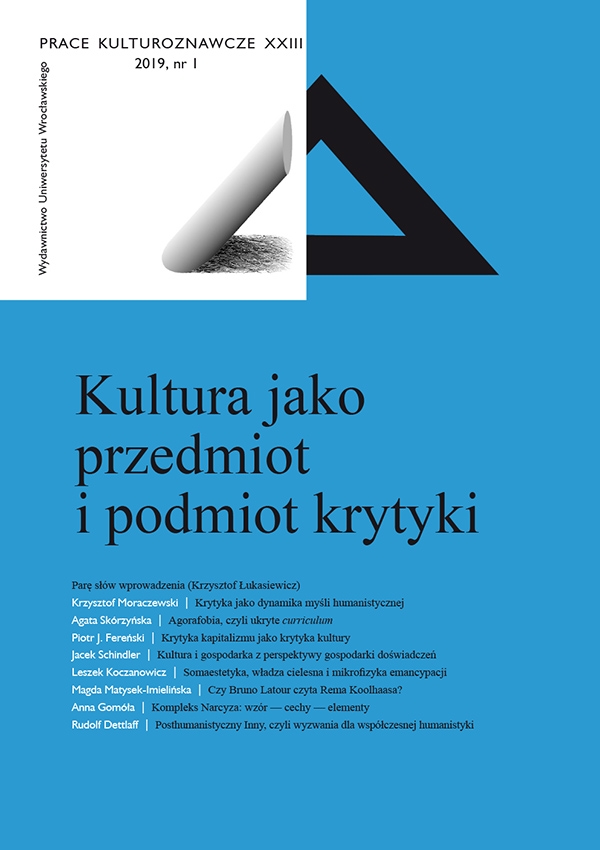

Ćwiczenia z krytyki

Is Bruno Latour testing Rem Koolhaas and what are the results for the new humanities?
One of today’s most famous architects, Rem Koolhaas, tackles the problem of architectural objects as networked and transformable processes — not only structural, but also social and political ones. Bruno Latour, in turn, who is a sociologist, is constructing this time a theory — a weapon/ a new tool which will help architects move objects which so far have been static “Give me a gun and I will make all the buildings move” and design them in a non-Euclidean space. Theoretically, Latour — by “tapping lightly on Koolhaas’s architecture with a blind person’s cane” — proves once again that we have never been modern and, on the other hand, proposes to look at the design process in such a manner as to see the public character of things, discover the agency of non-human actors.
What is the result of Latour’s collaboration with Koolhaas? Will the considerations of a practitioner and a theoretician, an architect and a sociologist prove to be an important contribution to the revision of cultural expressions? In my article, in the spirit of critical reflection on the myth of a lonely genius, I shall follow the demands of treating design as a collective process, networking the work of helpers and collaborators, data collectors and seekers of contexts. Are they really implemented in architectural practice? Is it really possible to talk about experimental methods of production and presentation of knowledge in this case?